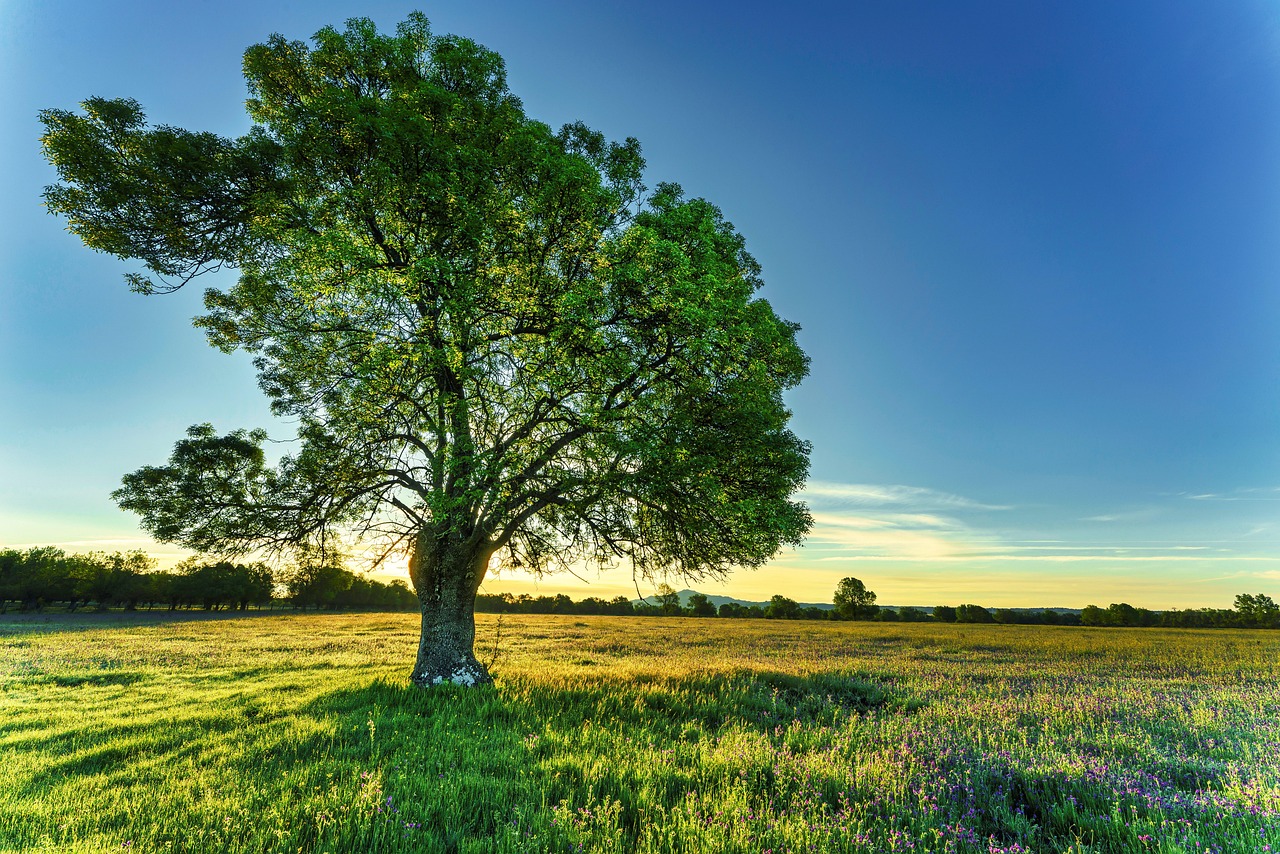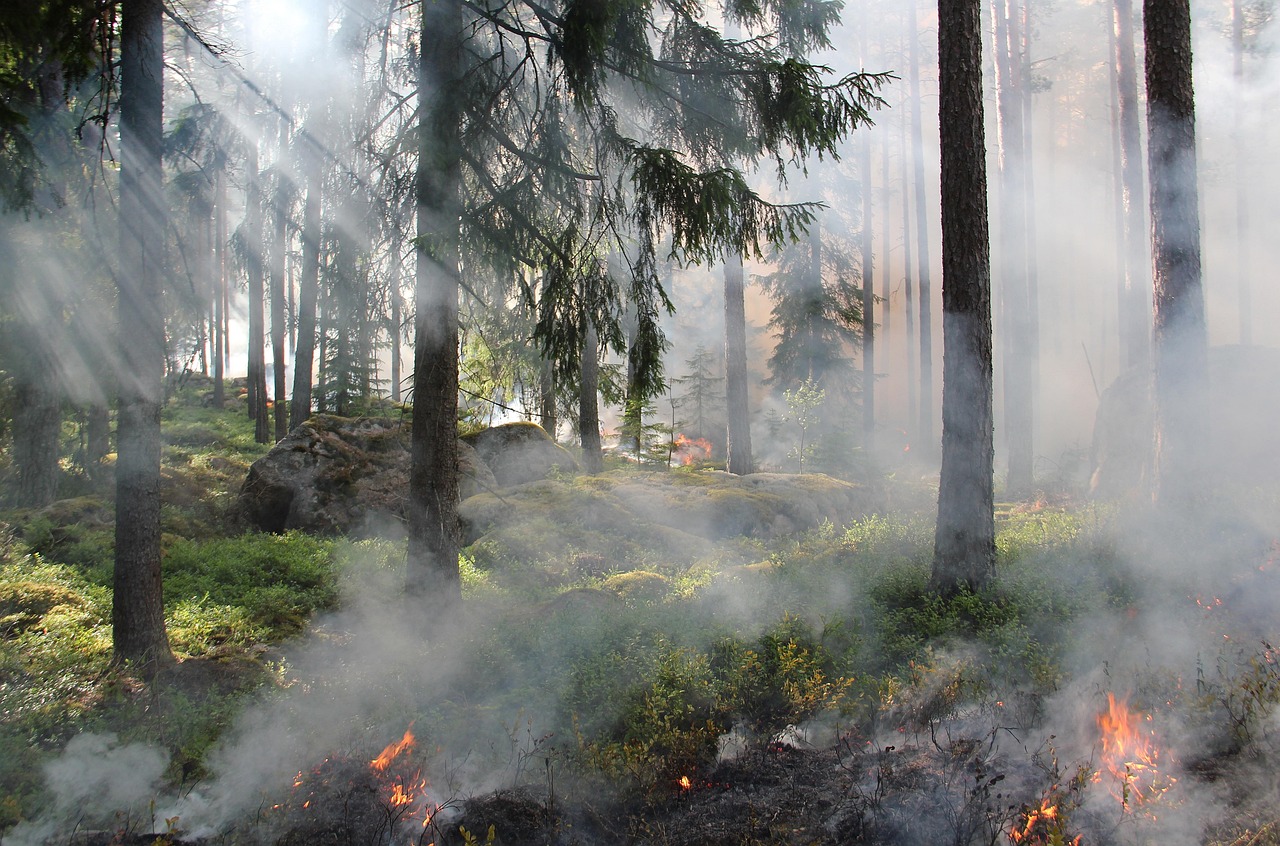The Urbanite Ash tree exhibits a moderate to fast growth rate, typically ranging from 1 to 2 feet per year under optimal conditions. This makes it a suitable choice for urban forestry projects aiming for quick canopy establishment and ecological benefits.
Understanding Urbanite Ash Trees
The Urbanite Ash tree, a cultivar of the Fraxinus genus, has gained popularity in urban forestry due to its adaptability and resilience. These trees are well-suited for city environments, where they can thrive despite challenges such as air pollution, soil compaction, and limited space. Their ability to grow in diverse conditions contributes to their widespread use in landscaping and urban green spaces.

One of the key benefits of the Urbanite Ash tree is its growth rate. Understanding this growth rate is essential for urban forestry projects. It helps in planning and managing green spaces effectively. When selecting tree species for urban areas, growth rate plays a crucial role in determining how quickly the trees can provide shade, improve air quality, and enhance aesthetic appeal.
Growth Rate Overview
The growth rate of the Urbanite Ash tree can vary based on several factors, including soil quality, water availability, sunlight exposure, and climate conditions. On average, these trees can achieve a height of 30 to 50 feet at maturity, with a spread of 20 to 30 feet. Below is a summary of key growth rate characteristics:
| Factor | Impact on Growth Rate |
|---|---|
| Soil Quality | Rich, well-drained soil promotes faster growth. |
| Water Availability | Consistent moisture leads to optimal growth rates. |
| Sunlight Exposure | Full sun enhances photosynthesis and growth. |
| Climate Conditions | Moderate climates favor quicker growth. |
Benefits of Urbanite Ash Trees in Urban Forestry
The Urbanite Ash tree provides numerous benefits that make it an excellent choice for urban forestry projects. Some of these benefits include:

- Shade Provision: The dense canopy offers substantial shade, reducing urban heat islands.
- Air Quality Improvement: Trees help filter pollutants from the air, enhancing overall air quality.
- Wildlife Habitat: Provides habitat for various urban wildlife species.
- Aesthetic Value: Adds beauty and visual interest to urban landscapes.
- Soil Stabilization: Root systems help prevent soil erosion.
These advantages underscore the importance of incorporating Urbanite Ash trees into urban forestry plans. Their rapid growth allows for quicker realization of these benefits, making them a valuable asset to city planners and landscape architects.
Factors Affecting Growth Rates
While the Urbanite Ash tree generally exhibits a favorable growth rate, several environmental factors can influence its development. Understanding these factors can help in creating optimal conditions for growth:
- Pest and Disease Management: Regular monitoring for pests like the emerald ash borer and diseases can prevent stunted growth.
- Proper Pruning: Pruning encourages healthy structure and can enhance growth rates by improving light penetration.
- Nutrient Management: Fertilization based on soil tests can promote healthy growth.
- Irrigation Practices: Efficient watering techniques ensure trees receive adequate moisture without waterlogging.
Incorporating these best practices into urban forestry projects will not only enhance the growth rates of Urbanite Ash trees but also contribute positively to the overall urban ecosystem. As cities continue to expand, understanding tree growth dynamics becomes increasingly vital for sustainable urban development.

Urbanite Ash Tree Varieties
There are various cultivars within the Urbanite Ash category. Each may offer slightly different growth rates and characteristics. Selecting the right variety based on specific site conditions is crucial for successful urban forestry projects. Below are some popular varieties:
- Autumn Purple: Known for its vibrant fall foliage and moderate growth rate.
- Patmore: A hardy variety that grows quickly and adapts well to urban environments.
- Summit: Features a uniform shape and rapid growth, ideal for street planting.
Selecting the appropriate variety ensures that urban forestry projects meet their goals while enhancing the city’s green infrastructure.
Planting and Establishment of Urbanite Ash Trees
The successful growth of Urbanite Ash trees in urban settings begins with proper planting and establishment techniques. These trees require specific conditions during their early years to ensure a healthy start. Understanding the best practices for planting can significantly influence their growth rate and lifespan.
Site Selection
Choosing the right site for planting Urbanite Ash trees is crucial. The selected location should meet the following criteria:

- Sunlight: Urbanite Ash trees thrive in full sun conditions, requiring at least six hours of direct sunlight per day.
- Soil Type: Well-drained soil with good fertility supports optimal growth. Adding organic matter can improve soil quality.
- Space Availability: Ensure adequate space for the tree’s mature height and spread to avoid overcrowding with other plants.
Planting Techniques
Proper planting techniques are essential for the establishment of Urbanite Ash trees. Follow these steps for effective planting:
- Digging the Hole: Dig a hole that is twice as wide as the root ball but no deeper than the root ball itself. This encourages lateral root growth.
- Preparing the Root Ball: Remove any burlap or container material from the root ball. Gently loosen any tightly bound roots.
- Positioning the Tree: Place the tree in the center of the hole, ensuring that the top of the root ball is level with the surrounding soil.
- Backfilling: Fill the hole with soil, ensuring there are no air pockets. Water thoroughly to settle the soil around the roots.
Irrigation Practices
Watering is vital during the establishment phase of Urbanite Ash trees. Young trees require consistent moisture to develop strong root systems. Consider the following irrigation practices:
- Initial Watering: Water deeply immediately after planting to help settle the soil and eliminate air pockets.
- Regular Watering Schedule: For the first year, water every week, increasing frequency during hot, dry periods.
- Mulching: Apply a layer of organic mulch around the base to retain moisture and suppress weeds.
Pest and Disease Management
Pest and disease issues can significantly affect Urbanite Ash tree growth rates. Early detection and management are essential for maintaining tree health. Here are common pests and diseases associated with Urbanite Ash trees:
| Pest/Disease | Description | Management Strategies |
|---|---|---|
| Emerald Ash Borer | A destructive beetle that targets ash trees, causing significant decline. | Monitor for signs, use insecticides, or remove infested trees. |
| Ash Anthracnose | A fungal disease leading to leaf spots and premature leaf drop. | Prune infected branches and apply fungicides as necessary. |
| Scale Insects | These pests suck sap from leaves and stems, weakening the tree. | Apply horticultural oils or systemic insecticides for control. |
Nutrient Requirements
Nutrient management is another critical aspect affecting the growth rate of Urbanite Ash trees. Providing adequate nutrition will promote vigorous growth. Key considerations include:
- Soil Testing: Regular soil testing helps determine nutrient levels and pH. This information guides fertilizer applications.
- Nitrogen Needs: Urbanite Ash trees benefit from nitrogen-rich fertilizers to support leaf development and overall growth.
- Micronutrients: Ensure trees receive essential micronutrients such as iron and magnesium, especially in nutrient-poor soils.
Implementing a well-rounded nutrient management plan will enhance the growth rates of Urbanite Ash trees, contributing to healthier urban forestry projects. Consistent monitoring and adjustments based on growth response are key to successful tree establishment.
Sustainable Practices for Urban Forestry
The integration of sustainable practices in urban forestry is essential for long-term success. Sustainable methods not only enhance tree growth but also contribute to environmental health. Consider these practices when managing Urbanite Ash trees:
- Diversity in Planting: Planting a mix of species alongside Urbanite Ash trees reduces risk from pests and diseases.
- Community Engagement: Involve local communities in tree planting and maintenance activities to foster stewardship.
- Monitoring Growth and Health: Regular assessments of tree health can identify issues early and inform management decisions.
By adopting sustainable practices, urban forestry projects can ensure that Urbanite Ash trees thrive. This not only enhances urban landscapes but also contributes to ecological resilience in city environments.
Urbanite Ash Trees and Climate Adaptability
Urbanite Ash trees are recognized for their resilience and adaptability to various climatic conditions. Understanding how these trees respond to different climates can help urban foresters make informed decisions about where to plant them. This section explores the climate adaptability of Urbanite Ash trees and their potential benefits in urban forestry.
Temperature Tolerance
Urbanite Ash trees can thrive in a range of temperature conditions, making them suitable for diverse urban areas. They typically flourish in USDA hardiness zones 3 through 8. Key aspects of their temperature tolerance include:
- Cold Hardiness: These trees can withstand winter temperatures as low as -40°F (-40°C), allowing them to grow in colder climates.
- Heat Tolerance: Urbanite Ash trees can handle summer temperatures exceeding 90°F (32°C), provided they have adequate moisture.
- Drought Resistance: Once established, these trees show moderate drought resistance, although consistent watering is ideal during dry spells.
Rainfall Requirements
The Urbanite Ash tree also has specific rainfall needs that influence its growth. While it prefers moist soil, it can tolerate periods of drought. Consider the following rainfall-related factors:
- Optimal Rainfall: Urbanite Ash trees thrive with an average annual rainfall of 30 to 40 inches.
- Drainage Needs: Well-drained soil is essential to prevent root rot, especially in areas with heavy rainfall.
- Irrigation Practices: In regions with low rainfall, supplemental irrigation during dry periods is necessary for healthy growth.
The Role of Urbanite Ash Trees in Carbon Sequestration
Urban forestry plays a significant role in carbon sequestration, and Urbanite Ash trees contribute to this effort. Trees absorb carbon dioxide (CO2) from the atmosphere as part of their photosynthesis process. The following details highlight the importance of Urbanite Ash trees in mitigating climate change:
Carbon Absorption Rates
The capacity of Urbanite Ash trees to sequester carbon depends on factors such as age, size, and health. Generally, mature Urbanite Ash trees can absorb significant amounts of CO2. Here are some key points:
- Mature Trees: A mature Urbanite Ash tree can absorb approximately 48 pounds (22 kilograms) of CO2 annually.
- Growth Rate Impact: Faster-growing trees, like Urbanite Ash, can sequester more carbon over their lifespan compared to slower-growing species.
- Long-Term Benefits: Planting more Urbanite Ash trees contributes to a larger cumulative carbon offset in urban areas over time.
Enhancing Urban Air Quality
In addition to carbon sequestration, Urbanite Ash trees improve urban air quality by filtering out pollutants. These trees play a significant role in enhancing the overall environment:
- Pollutant Filtration: Urbanite Ash trees can capture particulate matter, sulfur dioxide, and nitrogen oxides from the air.
- Oxygen Production: Through photosynthesis, these trees release oxygen, contributing to healthier air quality.
- Heat Reduction: The shade provided by Urbanite Ash trees lowers surrounding temperatures, which can reduce smog formation.
Cultural Significance of Urbanite Ash Trees
The cultural importance of trees extends beyond their ecological benefits. Urbanite Ash trees also hold significance in many communities. Here are several aspects highlighting their cultural value:
Symbolism and Community Identity
Trees often symbolize strength and longevity. In urban settings, Urbanite Ash trees can become landmarks that foster community identity:
- Landmark Trees: Prominent Urbanite Ash trees can serve as meeting points or symbols of local history.
- Cultural Events: Communities may celebrate tree planting events or festivals centered around the beauty and significance of ash trees.
- Educational Opportunities: Schools and community organizations can use Urbanite Ash trees for educational programs about ecology and environmental stewardship.
Aesthetic Contributions
The visual appeal of Urbanite Ash trees enhances urban landscapes. Their seasonal changes provide dynamic beauty throughout the year:
- Spring Foliage: Fresh green leaves emerge in spring, signaling the start of new life.
- Fall Colors: The vibrant autumn foliage showcases shades of yellow and purple, adding color to urban environments.
- Sculptural Forms: Their unique branching structures create interesting silhouettes against the sky.
The presence of Urbanite Ash trees enriches the aesthetic qualities of urban spaces. Their contribution to cultural identity and community engagement underscores the importance of integrating these trees into urban forestry projects.
Urbanite Ash Trees and Their Role in Urban Ecosystems
Urbanite Ash trees serve as vital components of urban ecosystems. Their integration into city landscapes provides numerous ecological benefits. Understanding their role can help underscore the importance of selecting this species for urban forestry projects.
Enhancing Biodiversity
The inclusion of Urbanite Ash trees in urban environments contributes to increased biodiversity. They support various wildlife species, including:
- Bird Species: Urbanite Ash trees provide nesting sites and food sources for various birds, such as woodpeckers and finches.
- Insect Populations: The tree’s foliage attracts beneficial insects, including pollinators like bees and butterflies, which are crucial for plant reproduction.
- Mammals: Squirrels and other small mammals find refuge in the branches and feed on seeds and buds.
Stormwater Management
Urbanite Ash trees play a critical role in managing stormwater runoff. Their extensive root systems help absorb rainfall, reducing the volume of water that flows into storm drains. This process mitigates flooding and promotes groundwater recharge. Key benefits include:
- Water Absorption: Trees can capture rainwater, reducing surface runoff and erosion.
- Soil Stabilization: The roots anchor the soil, preventing erosion during heavy rains.
- Pollution Filtration: Tree canopies filter pollutants from rainwater before they enter water bodies.
Reducing Urban Heat Islands
Urban heat islands (UHIs) occur when cities experience higher temperatures than surrounding rural areas due to human activities and infrastructure. Urbanite Ash trees help mitigate UHIs through:
- Shade Provision: The shade from these trees cools pavement and buildings, reducing the need for air conditioning.
- Evapotranspiration: Trees release moisture through transpiration, which cools the surrounding air.
- Enhanced Microclimates: They create cooler microclimates that benefit both human and wildlife populations.
Final Thoughts
The Urbanite Ash tree stands out as an exemplary species for urban forestry projects due to its favorable growth rate, adaptability to various climates, and significant ecological contributions. Its ability to sequester carbon, improve air quality, and enhance biodiversity makes it an essential component of urban green spaces.
Furthermore, the cultural significance of Urbanite Ash trees fosters community engagement and identity. Their aesthetic appeal not only beautifies urban landscapes but also instills a sense of pride among residents. By incorporating sustainable practices in managing these trees, cities can ensure their health and longevity.
In conclusion, the Urbanite Ash tree offers numerous benefits that extend far beyond its immediate environment. As cities continue to expand and face environmental challenges, prioritizing the planting and care of Urbanite Ash trees becomes increasingly important. This species not only enhances urban ecosystems but also contributes to the overall well-being of communities, making it a valuable asset in the quest for sustainable urban development.
